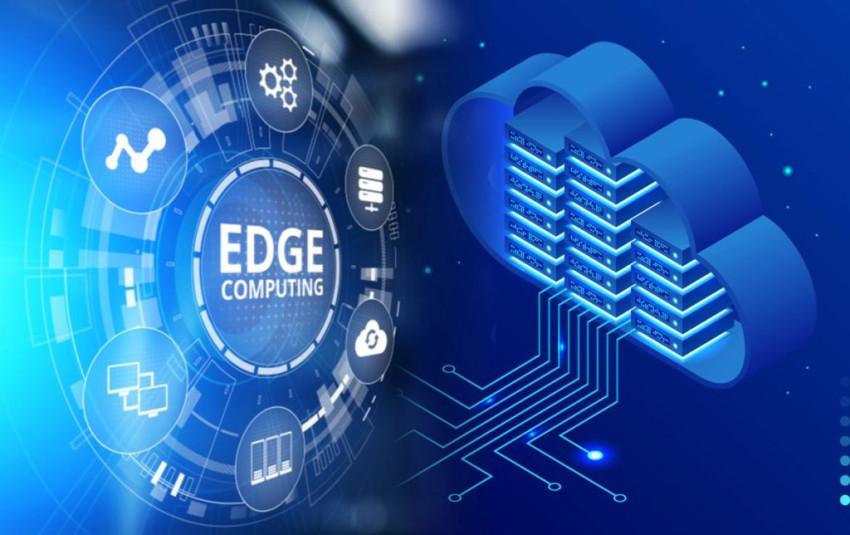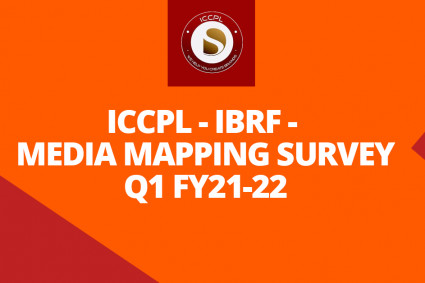
Introduction:
In the ever-evolving world of technology, a new paradigm has emerged that promises to reshape the way we process and analyze data. Enter edge computing, a game-changing concept that brings computation and data storage closer to the source of data generation. In this guest post, we will explore the exciting world of edge computing, its potential applications, and the profound impact it can have on industries across the globe.
1. What is Edge Computing?
Edge computing is a distributed computing model that brings data processing and storage closer to the edge of the network, where data is generated. Unlike traditional cloud computing, where data is sent to a central server for processing, edge computing processes data on local devices or nearby servers. This reduces latency, optimizes bandwidth, and enhances real-time data analysis.
2. The Benefits of Edge Computing:
2.1 Reduced Latency: By processing data closer to the source, edge computing significantly reduces latency, making it ideal for applications requiring real-time response, such as autonomous vehicles, industrial automation, and healthcare monitoring systems. This near-instantaneous data analysis enables faster decision-making and enhances user experiences.
2.2 Bandwidth Optimization: Edge computing reduces the strain on network bandwidth by processing data locally. This is particularly useful in scenarios where bandwidth is limited or expensive, such as remote locations or IoT deployments. By minimizing data transmission to centralized servers, edge computing enables cost-effective data management and more efficient network usage.
2.3 Enhanced Security and Privacy: Edge computing allows for localized data processing, reducing the risk of sensitive information being exposed during transmission. By keeping data closer to its source, edge computing provides improved security and privacy, making it an attractive option for industries dealing with sensitive data, such as finance, healthcare, and government sectors.
3. Applications of Edge Computing:
3.1 Smart Cities: Edge computing plays a crucial role in building smart cities by enabling real-time monitoring of various systems, including traffic management, energy distribution, and waste management. With edge computing, cities can make data-driven decisions promptly, leading to improved efficiency, reduced costs, and enhanced quality of life for residents.
3.2 Industrial Internet of Things (IIoT): In the industrial sector, edge computing facilitates real-time data analysis, predictive maintenance, and process optimization. By deploying edge devices at manufacturing plants, companies can harness the power of data analytics, reducing downtime, improving product quality, and increasing overall productivity.
3.3 Healthcare: Edge computing has immense potential in healthcare, where real-time data analysis is critical. From remote patient monitoring to personalized medicine, edge computing enables healthcare professionals to make informed decisions promptly. Moreover, edge devices can ensure patient privacy by processing sensitive medical data locally.
Conclusion:
Edge computing represents a paradigm shift in the way we process and analyze data. Its ability to reduce latency, optimize bandwidth, enhance security and privacy, and enable real-time decision-making makes it a critical technology for the future. As industries continue to adopt edge computing, we can expect unprecedented advancements in various sectors, leading to a more connected, efficient, and intelligent world. Embrace the power of edge computing, and unlock a new era of possibilities!






